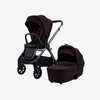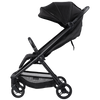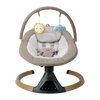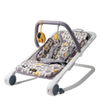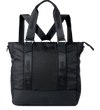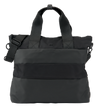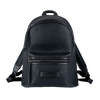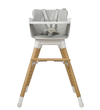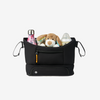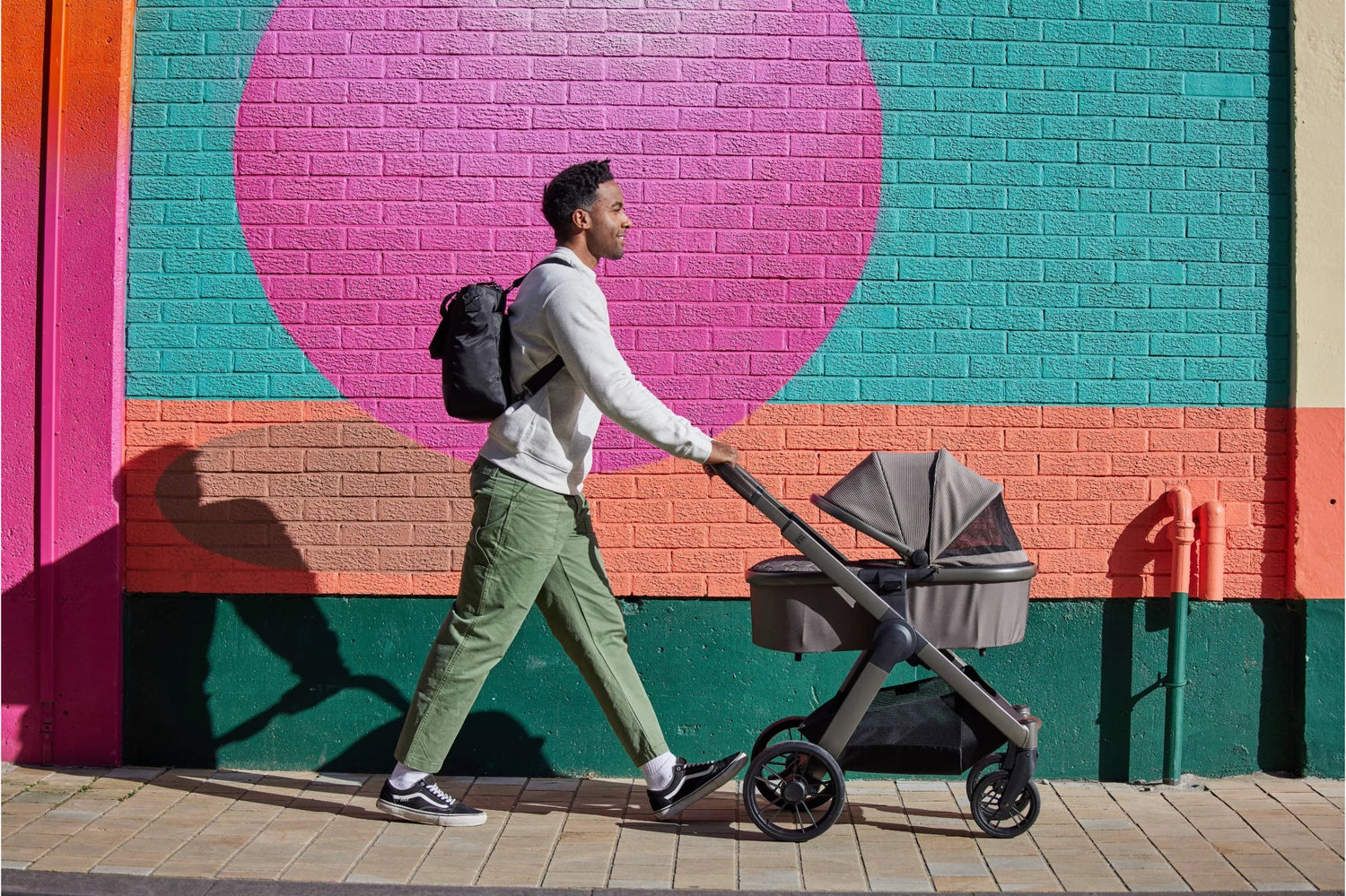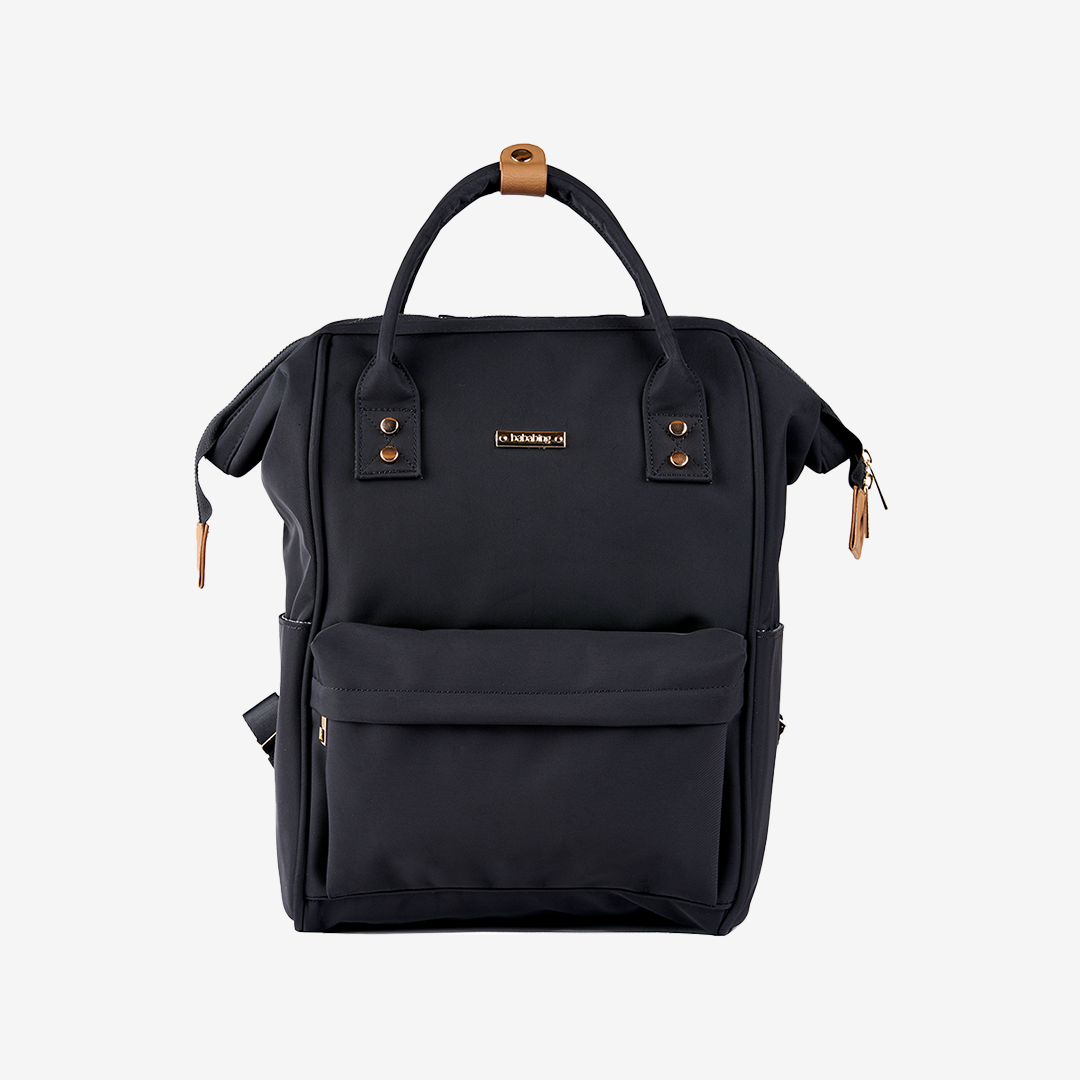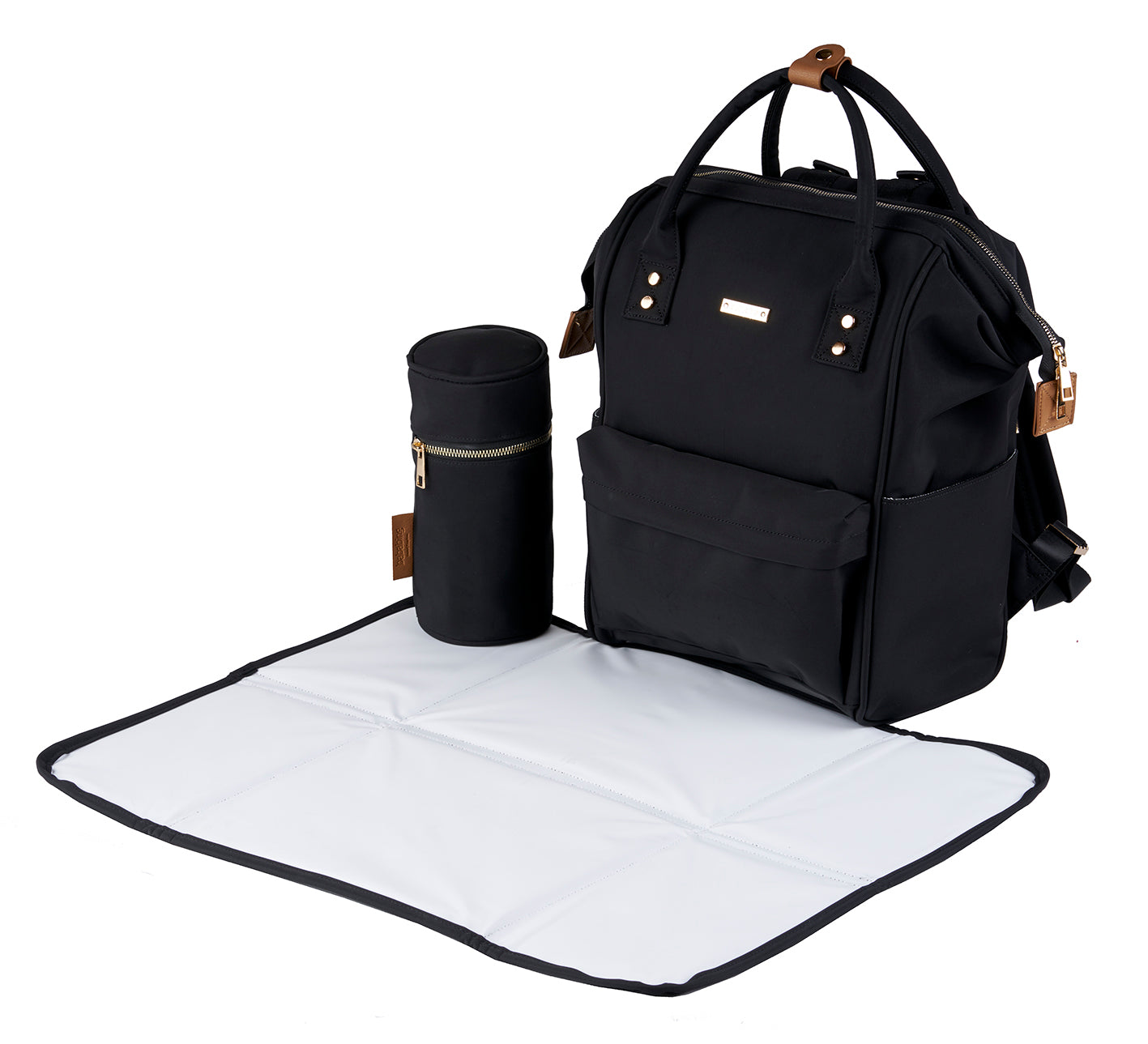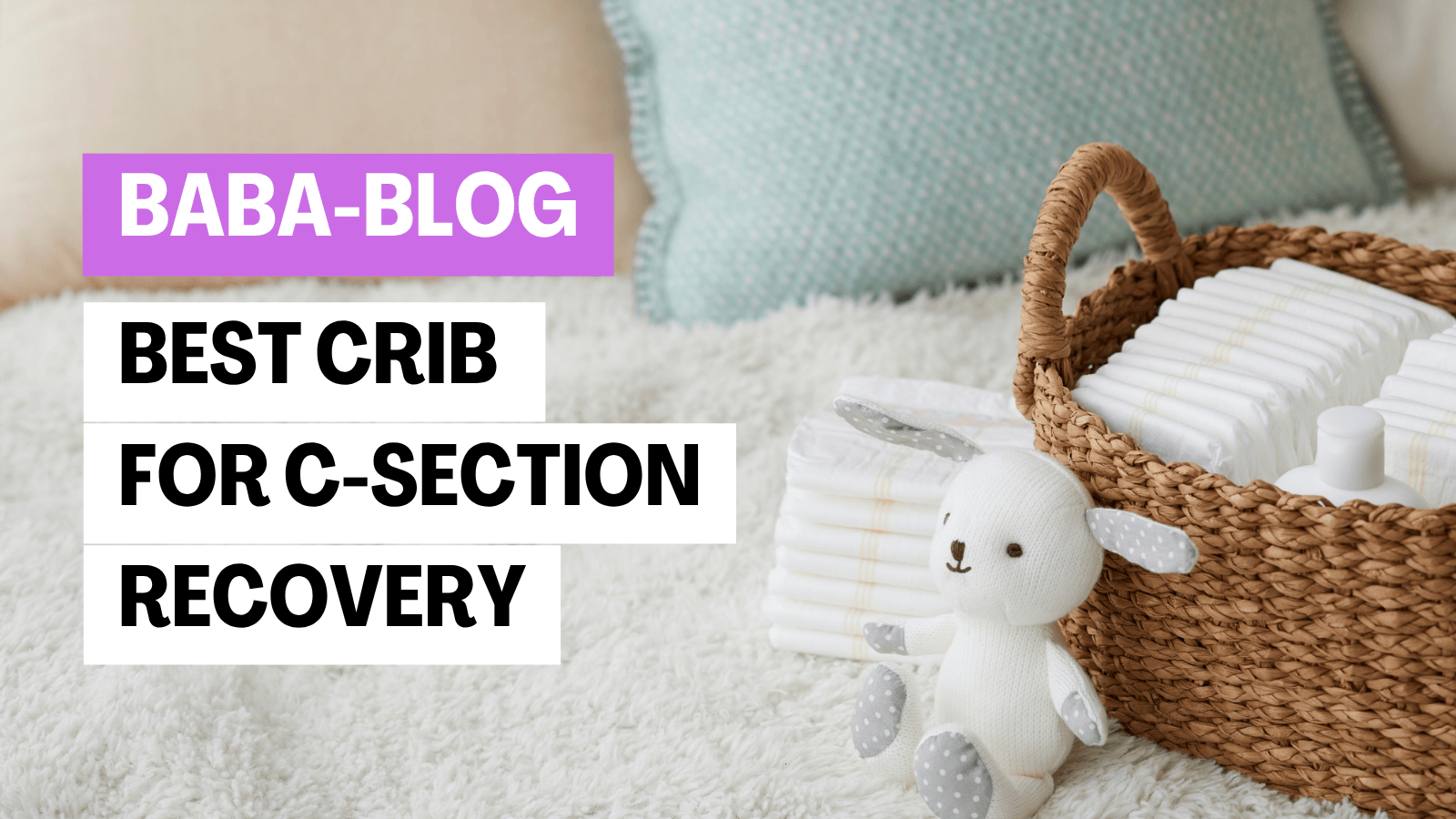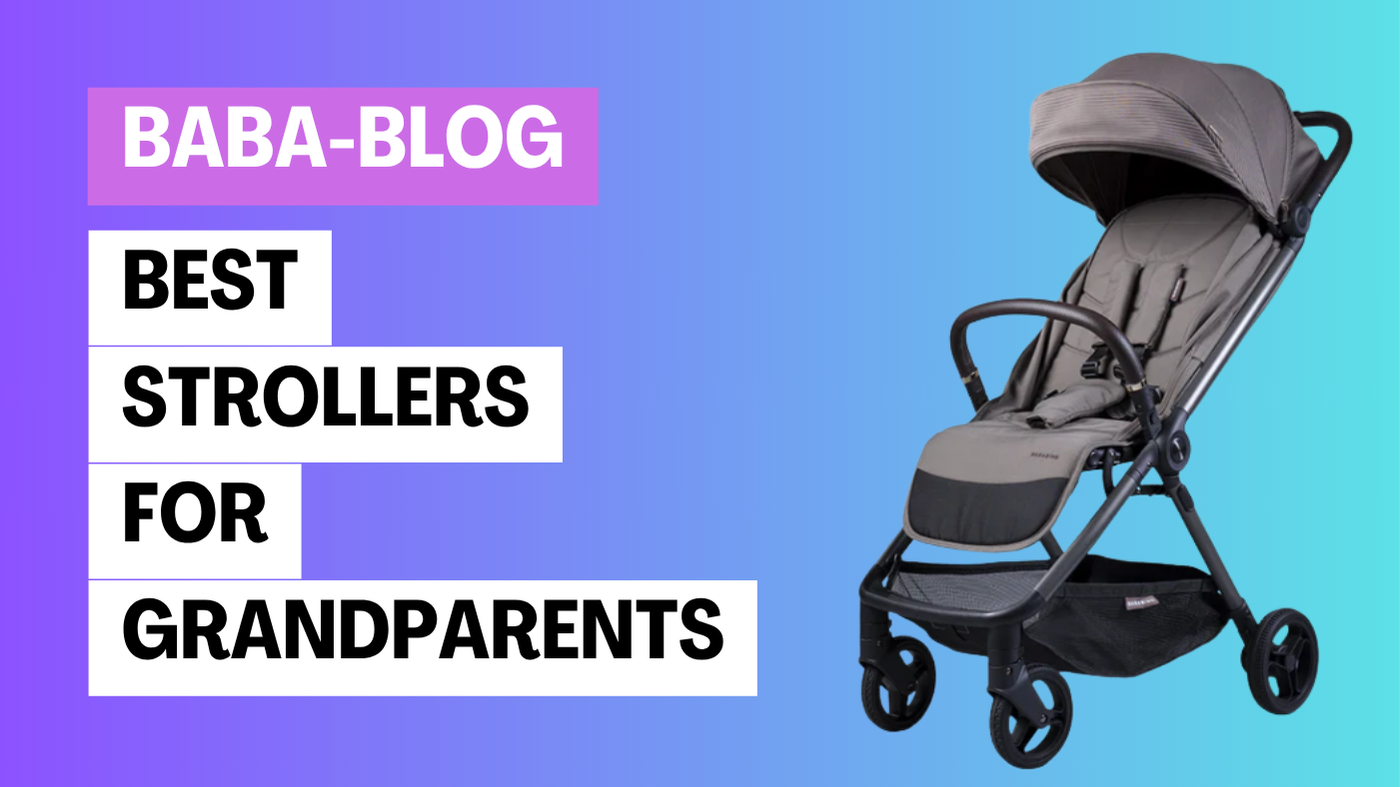Quick Links
Is your baby suddenly screaming in the pram, arching their back, or fighting every walk? Around 3 months old, many babies start hating lie-flat carrycots — and that’s when parents start asking the same question:
“Is it okay to use the pushchair seat semi-reclined?”
The short answer? Sometimes, yes — with care.
In this blog, we’ll explain:
Why your baby might be unsettled in the pram
What the pushchair seat semi-reclined position actually means
When it’s safe to make the switch
What to avoid — and how to make outings easier again
Whether your baby is just curious or crying through every stroll, we’ll help you decide if it’s time to ditch the carrycot and go semi-reclined.
👶 Why Babies Start Hating the Pram Around 3 Months
It’s a common turning point — your newborn who once slept soundly in the carrycot suddenly refuses to settle. They cry, squirm, and arch their back the minute you try to go for a walk. So what’s going on?
At around 3 months old, babies go through a big developmental leap. They become more alert, more aware of their surroundings, and much less tolerant of lying flat with nothing to look at. For curious little ones, the carrycot can quickly feel boring, restrictive, and isolating.
That’s why many parents begin to consider using the pushchair seat semi-reclined — it gives baby a better view, a new angle, and a way to feel more involved in the world around them.
Common Signs Your Baby Is Ready for a Change:
Cries or fusses as soon as you lie them flat
Tries to lift their head or shoulders in the pram
Calms down when held upright or carried
Has good head and neck control
Seems frustrated rather than sleepy during walks
If this sounds familiar, gently transitioning to the pushchair seat semi-reclined might help your baby feel more comfortable. Many parents find this change makes a big difference — even if it's only used for short outings at first.
Just remember: every baby is different. The pushchair seat semi-reclined position isn’t a magical fix, but it can be a safe, practical option once your baby starts showing signs of wanting to sit up and engage.
📏 What Does 'Semi-Reclined' Actually Mean?
When we talk about the pushchair seat semi-reclined , we’re referring to a position that sits somewhere between fully flat and fully upright. It’s a slight incline that still supports your baby’s spine, head, and neck — but gives them just enough lift to see more of the world.
Most modern prams, offer multiple recline settings on the seat unit. These are designed to grow with your baby, starting from a near-flat newborn position to a more upright toddler seat. The semi-reclined setting is often that sweet spot in the middle.
Benefits of the Pushchair Seat Semi-Reclined:
Provides gentle support while reducing flat-back frustration
Helps curious babies feel more involved in their surroundings
Can ease pram-related crying or discomfort
May improve airflow and comfort, especially for reflux-prone babies
If your pushchair seat reclines and your baby has decent head control, using the pushchair seat semi-reclined is usually safe for short periods — even from 3–4 months. Just check your pram’s manual for specific guidance.
Remember: the goal isn’t to rush your baby into a sitting position too early. The pushchair seat semi-reclined setting simply gives them a small, supported upgrade that meets their growing need for engagement.
✅ Is It Safe to Use the Pushchair Seat Semi-Reclined?
Many parents worry about making the switch too early — and rightly so. Your baby’s safety is the top priority. So, is using the pushchair seat semi-reclined at 3 months actually safe?
The answer: Yes, in many cases — as long as your baby is ready and the pram supports it.
🧠 What Makes the Pushchair Seat Semi-Reclined Safe?
There are a few key things that make this position safe for your baby:
Good head and neck control – Your baby should be able to hold their head up without support
Proper support from the pram – The seat should recline far enough to support the spine, neck, and hips
Short, supervised use – Start with 20–30 minute trips and see how your baby reacts
Manufacturer approval – Always check your pram’s user guide (many, like the Mamas & Papas Ocarro, support semi-recline from 3–4 months)
Used correctly, the pushchair seat semi-reclined can be a safe, comfortable choice for babies who are ready to move beyond lying flat.
⚠️ When Should You Wait Before Using the Semi-Reclined Seat?
While many babies are ready at 3 months, not all are. You should wait a little longer if:
Your baby still slumps or flops when placed at an incline
They were premature or have specific medical needs (always speak to your health visitor or GP)
Your pram seat doesn’t offer enough recline or support
If in doubt, go with your instincts — and consult your health visitor for peace of mind.
📖 What Do Experts Say About Using a Pushchair Seat Semi-Reclined?
While the official guidance often leans toward keeping babies flat for as long as possible, most paediatric advice now supports semi-reclined pushchair use from around 3–4 months — if your baby has developed the right strength and control.
Bottom line? The pushchair seat semi-reclined setting isn’t about rushing your baby — it’s about gently adapting to their growing need for visibility, comfort, and movement.
🧠 Will It Hurt My Baby’s Spine?
This is a completely normal concern — you want to protect your baby’s developing body, especially their spine and posture. So, is using the pushchair seat semi-reclined at 3–4 months risky?
The short answer: not if your baby is ready and properly supported.
🩺 What Experts Say About Baby Spine Development
Newborns need to lie flat to support healthy spine growth, breathing, and hip development. But by around 12–16 weeks , many babies start developing stronger:
Head control
Core strength
Back and shoulder stability
At this stage, occasional time in a pushchair seat semi-reclined is perfectly fine — as long as it’s not fully upright and your baby isn’t slumping forward or sideways.
📏 Why the Semi-Reclined Position Can Be Safe
Modern prams are designed with multiple recline settings for a reason. The pushchair seat semi-reclined position:
Supports your baby’s head, neck, and spine evenly
Allows visibility without forcing them upright
Mimics positions used in car seats and baby bouncers
Reduces strain compared to unsupported seating
⚠️ What to Watch Out For
To keep things safe and comfortable, make sure:
The recline angle is appropriate for your baby’s size and strength
Baby isn’t slumping or flopping sideways
You’re using it for short, supervised trips (not all day)
Your pushchair is approved for use from 3–4 months in that position
❤️ Reassurance for Parents
Using the pushchair seat semi-reclined will not damage your baby’s spine when used sensibly. Trust your instincts, follow your baby’s cues, and always check your pram's guidelines.
Many babies are happier — and more settled — once they’re no longer stuck lying flat.
🗣️ What Other Parents Say (Real Life Experiences)
Sometimes, the best advice doesn’t come from manuals or salespeople — it comes from other parents who’ve been exactly where you are. If your baby cries every time you strap them into the pram, you’re not alone. Many parents have turned to the pushchair seat semi-reclined position as a way to make outings less stressful and more enjoyable for everyone.
Here’s what some of them had to say:
💬 “We switched at 3 months – total game-changer”
“My little one was so alert and just screamed every time we tried the carrycot. We tried the pushchair seat semi-reclined for a short walk and it was like having a different baby. Calm, happy, and finally enjoying the outside world.”
💬 “I just followed my baby’s lead”
“I know the guidelines say to wait, but my son had amazing head control and hated being flat. He was visibly more content once we reclined the seat slightly. We only did short walks to begin with, and he loved it.”
💬 “Not official advice, but it worked for us”
“Our health visitor said it was okay as long as he wasn’t slumping. I treated the pushchair seat semi-reclined a bit like a car seat — not for hours, but enough to get out and feel sane again.”
💬 “So much better than battling with a carrier”
“My daughter didn’t like the sling or lying flat. The semi-recline gave us a nice middle ground. She could look around and I could finally drink a coffee on a walk without pacing like a zombie.”
✅ Common Themes from Parents:
Babies around 3–4 months want to see more of the world
The pushchair seat semi-reclined helped reduce crying and frustration
Most started with short walks , watching baby’s posture and comfort
Trusting baby’s cues was key — not the calendar
It’s always best to follow your pram’s guidelines and check with your health visitor if unsure — but real-world experience shows that many babies are ready for the semi-reclined seat earlier than expected. And for some families, it’s made a world of difference.
🛠️ Signs Your Baby Might Be Ready to Switch
Not sure if it’s time to move on from the carrycot? Many babies show clear signs that they’re ready for the pushchair seat semi-reclined — even before the 6-month mark.
Here’s what to look for:
👀 1. Your Baby Hates Lying Flat
If your little one cries, wriggles, or seems frustrated the moment you put them in the carrycot, they may be craving a change in position. Babies who are alert and active often find flat-laying boring and restrictive.
💪 2. They Have Strong Head and Neck Control
This is key. If your baby can hold their head steady when upright — especially in your arms or carrier — they may be ready for the pushchair seat semi-reclined . Most prams that support this setting assume head control is in place.
🔄 3. They Try to Sit Up or Arch Their Back
Is your baby constantly lifting their head or pushing against the carrycot? These are strong signals that they want a new perspective. The semi-reclined pushchair seat lets them engage without sitting fully upright too soon.
🍼 4. They’re More Curious Than Sleepy
A baby who stares around wide-eyed rather than drifting off might enjoy the stimulation that a semi-reclined seat offers. It gives them just enough of a view to stay involved without being overwhelmed.
🧷 5. They Settle Better in a Car Seat or Bouncer
If your baby is happy in a car seat or semi-upright rocker, they may also enjoy the pushchair seat semi-reclined — especially if they’re strapped in securely and well-supported.
✅ Trust Your Instincts
Every baby develops at their own pace. If yours is physically ready and clearly uncomfortable lying flat, transitioning to the pushchair seat semi-reclined could be a gentle next step.
Always check your pushchair’s guidelines, start with short walks, and keep an eye on your baby’s posture and comfort.
@bababing_world It’s giving main character energy 👶 #travelsystem #bababing #raffi #bababingpushchair #hotmomwalk #testdrive #2025mamas ♬ original sound - Bababing!
💡 Tips to Make the Switch Work Smoothly
Making the move from a carrycot to the pushchair seat can feel like a big step — but with a few small adjustments, you can make the transition smoother for both you and your baby.
Here are some practical tips to help:
1. Start with short outings
Begin with a 15–20 minute walk to ease your baby into the pushchair seat . Avoid crowded or noisy places at first — stick to familiar, calming routes.
2. Choose the right time of day
Babies are more likely to tolerate the pushchair seat when they’re well-fed and rested. Try heading out after a nap and milk feed, when your baby is naturally more settled.
3. Use added comfort and support
Consider a breathable pram liner or an infant head hugger (if approved by your manufacturer). These small touches can help your baby feel more secure and comfy in the pushchair seat .
4. Make it familiar
Bring your baby’s favourite toy or comforter. Some parents also use white noise or gentle lullabies to create a calm atmosphere — especially when your baby is adjusting to the new pushchair seat position.
5. Watch for your baby’s cues
Every baby is different. If yours seems unsettled, slumps to one side, or doesn’t enjoy the pushchair seat yet, take a step back and try again in a few days. It’s all about timing and readiness.
A little patience goes a long way. Many babies love the pushchair seat once they’re used to the new view — and you’ll likely find outings become far more enjoyable.
❌ Using the seat before your baby has head control
If your baby’s head still wobbles or slumps forward when upright, it’s too soon. Wait until they can hold their head steady before using the semi-reclined seat.
❌ Going fully upright too early
The semi-reclined setting is key — don’t rush to the full upright position until your baby can sit independently, usually around 6 months+.
❌ Long outings too soon
Even if your baby tolerates it well, avoid keeping them in the pushchair seat for long periods during the early days of transition. Stick to shorter walks to start with.
❌ Ignoring your pram’s guidelines
Always check the manufacturer’s instructions. Some pushchair seats are suitable from 3 months, others only from 6. Make sure the recline angle is approved for your baby’s age and weight.
❌ Allowing slumping or poor posture
If your baby is sliding down, curling forward, or leaning to one side, stop and readjust. Proper posture in the pushchair seat semi-reclined position is essential for safety and comfort.
❤️ Final Thoughts: Follow Your Baby, Not Just the Rulebook
📋 Blog Summary: When to Use the Pushchair Seat Semi-Reclined
Many babies start to resist lying flat in their pram around 3–4 months — becoming more alert, curious, and frustrated. This blog explores when it’s safe to move to the pushchair seat semi-reclined position, how to tell if your baby is ready, and how to make the transition smoothly.
We cover safety tips, spinal development, real parent experiences, and practical advice to help you decide when and how to switch — all while keeping your baby comfortable, supported, and happy during walks.
Every baby is different — and while guidelines are important, your baby doesn’t follow a textbook. Some little ones are ready for the pushchair seat semi-reclined at 3 months, while others need a bit more time.
The key is to observe your baby:
Are they showing signs of readiness?
Do they have good head control?
Are they clearly frustrated lying flat?
If the answer is yes, then gently trying the pushchair seat in a semi-reclined position could make daily outings far more enjoyable for both of you.
Always check your pram’s instructions, go slowly, and trust your instincts. You know your baby best — and a calm, curious, semi-reclined stroll might be exactly what they’ve been asking for all along.

